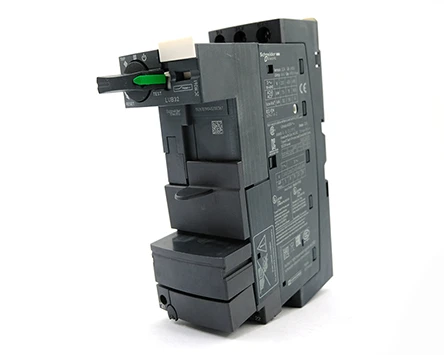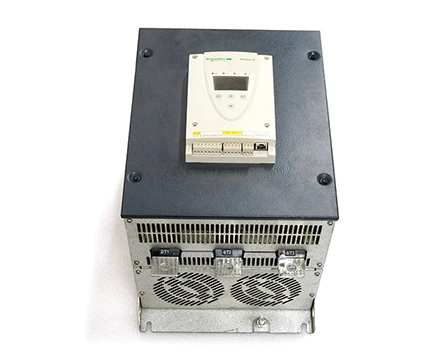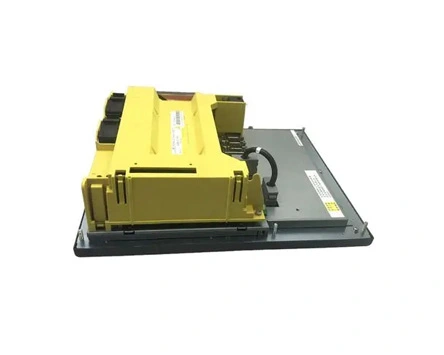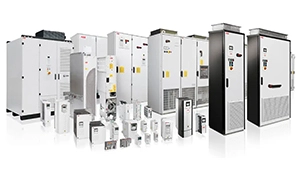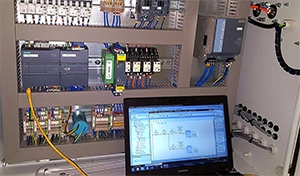
Encoder component is a sensor used for motion control. It uses photoelectric, electromagnetic, capacitance or inductance sensing principles to detect the mechanical position and changes of objects, and convert this information into electrical signals and output them as feedback for motion control, and pass them to various motion control devices. The use of the small encoder product is very wide, which is widely used in many occasions that require precise determination of position and speed, such as machine tools, robots arm projects, motor feedback systems, and measurement and control equipments etc. What are the types of encoder? In this article, we will discuss about the types of smart encoder device.
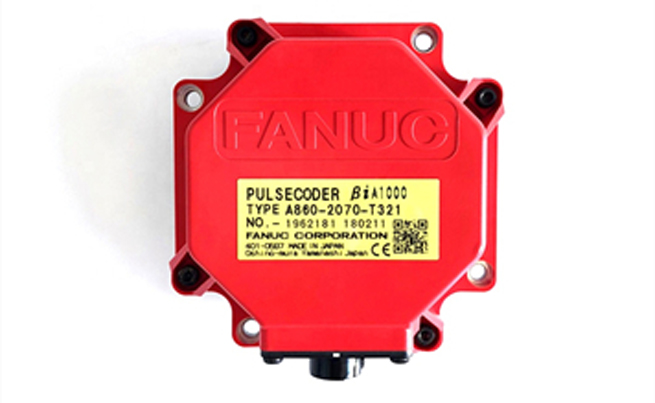
Different types of encoder
Encoder refers to a device that compiles and converts signals or data into signals that can be used for communication, transmission and storage. Usually it can be divided into two types: incremental type and absolute type. In daily life, it is widely used in many machinery productions and applications.
The incremental type encoders directly use the principle of photoelectric conversion to output three sets of square wave pulses A, B and Z phase; A and B two sets of pulses have a phase difference of 90 degrees, so that the direction of rotation can be easily judged, and the pulse of Z phase is used for reference point positioning per revolution. It has the advantages of simple principle structure, average mechanical life of more than tens of thousands of hours, strong anti-interference ability, high reliability, and suitable for long-distance transmission. The disadvantage is that the absolute position information of the shaft rotation cannot be output. General application of incremental encoder is speed measurement, measurement of rotation direction, measurement of movement angle and relative distance.
The absolute type encoder is a sensor that directly outputs numbers. There are several concentric code discs along the radial direction on its circular code disc. Each track is composed of light-transmission and opaque sectors. The relationship of fans numbers of adjacent code channels is doubled. The number of code channels on the code disc is the number of binary digits. On one side of the code disc is the light source, and on the other side, there is a photosensitive element corresponding to each code channel. When the disc is in a different position, each photosensitive element converts a corresponding level signal according to whether it receives light or not to form a binary number. The characteristic of this kind of encoder is that no counter is needed, and a fixed digital code corresponding to the position can be read and input at any position of the shaft. Obviously, there must be N code channels. At present, there are 16-bit absolute encoder products in China.
For hybrid absolute encoder, it outputs two sets of information: one set of information is used to detect the magnetic pole position with absolute information function; and the other set is exactly the same as the output information of the incremental encoder device.
 English
English 日本語
日本語 한국어
한국어 français
français Deutsch
Deutsch Español
Español italiano
italiano русский
русский العربية
العربية Türkçe
Türkçe Jawa
Jawa